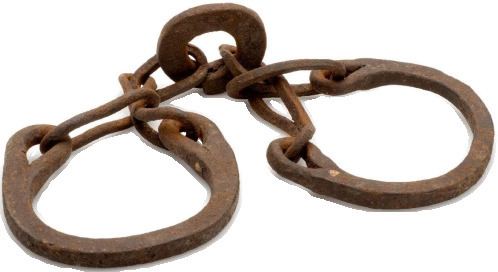 | ||
Slavery in Libya has a long history and a lasting impact on the Libyan culture. It is closely connected with the wider context of slavery in north Africa. Therefore, it is better understood when this wider scope is taken into account.
Contents
Europeans
It is estimated that between 1 million and 1.25 million Europeans were captured by pirates and sold as slaves between the 16th and 19th century. Reports of Barbary raids and kidnappings of those in Italy, Spain, France, Portugal, England, Ireland, Scotland as far north as Iceland exist from this period. Famous accounts of Barbary slave raids include a mention in the Diary of Samuel Pepys and a raid on the coastal village of Baltimore, Ireland, during which pirates left with the entire populace of the settlement. Such raids in the Mediterrean were so frequent and devastating that the coastline between Venice to Malaga suffered widespread depopulation, and settlement there was discouraged. In fact, it was said that this was largely because 'there was no one left to capture any longer'.
Black Africans
The Tuareg and others who are indigenous to Libya facilitated, taxed and partly organized the trade from the South along the trans-Saharan trade routes. In the 1830s - a period of time when slave trade flourished - Ghadames was handling 2,500 slaves a year. Even though the slave trade was officially abolished in Tripoli in 1853, in practice it continued until the 1890s.
The British Consul in Benghazi wrote in 1875 to the effect that the slave trade had reached an enormous scale and that the slaves who were sold in Alexandria and Istanbul quadruple in price. This trade he says was encouraged by the local Government.
Adolf Vischer, writes in an article published in 1911 that:"...it has been said that slave traffic is still going on on the Benghazi-Wadai route, but it is difficult to test the truth of such an assertion as, in any case, the traffic is carried on secretly". At Kufra, the Egyptian traveller Ahmed Hassanein Bey found out in 1916 that he could buy a girl slave for five pounds sterling while in 1923 he found that the price had become 30 to 40 pounds sterling.
Another traveler, the Muslim Danish Knud Holmboe, who crossed the Italian Libyan desert in 1930 was told that slavery is still practiced in Kufra and that he could buy a slave girl for 30 Sterlings in the Thursday market. According to James Richardson testimony, when he visited Ghadames, most slaves were from Bornu. However, enslavement did not exclusively involve black Africans. Through raids of corsairs on European vessels, enslavement of white people was also commonplace.
Social impact and relics
As a result of the history of enslavement of black Africans, the word عبد /ʕabd/ - meaning slave - is still used pejoratively to refer to black people. In general the word of choice for a black person is عبيد /ʕbeːd/, which is the diminutive form of the word /ʕabd/ and is considered acceptable by many (in Libyan Arabic the diminutive adds an endearing meaning). وصيف – pronounced [wsˤiːf] in Libyan Arabic - which means servant, is also used in some places, especially by older generations to refer to black ethnicities. On the other hand, the word حر /ħurr/, meaning 'free', is used by many old people to refer to non-blacks.
